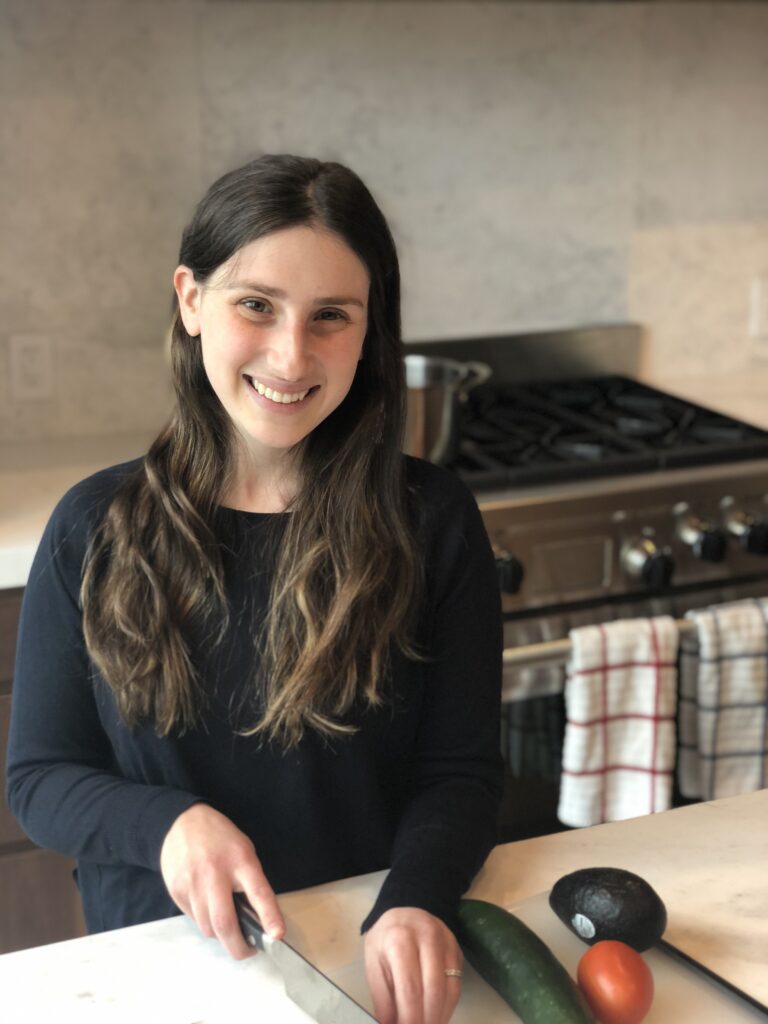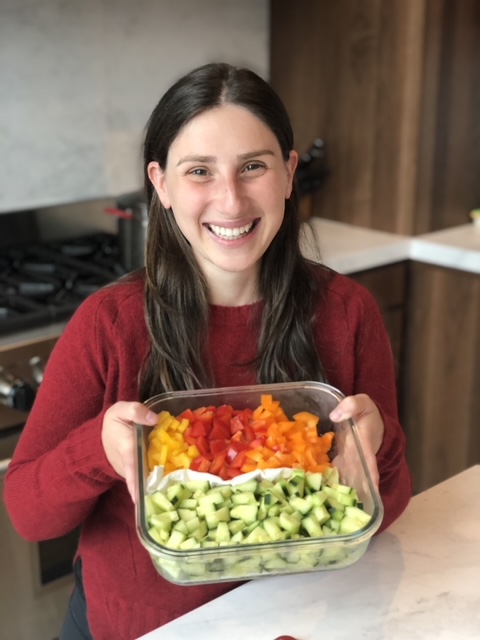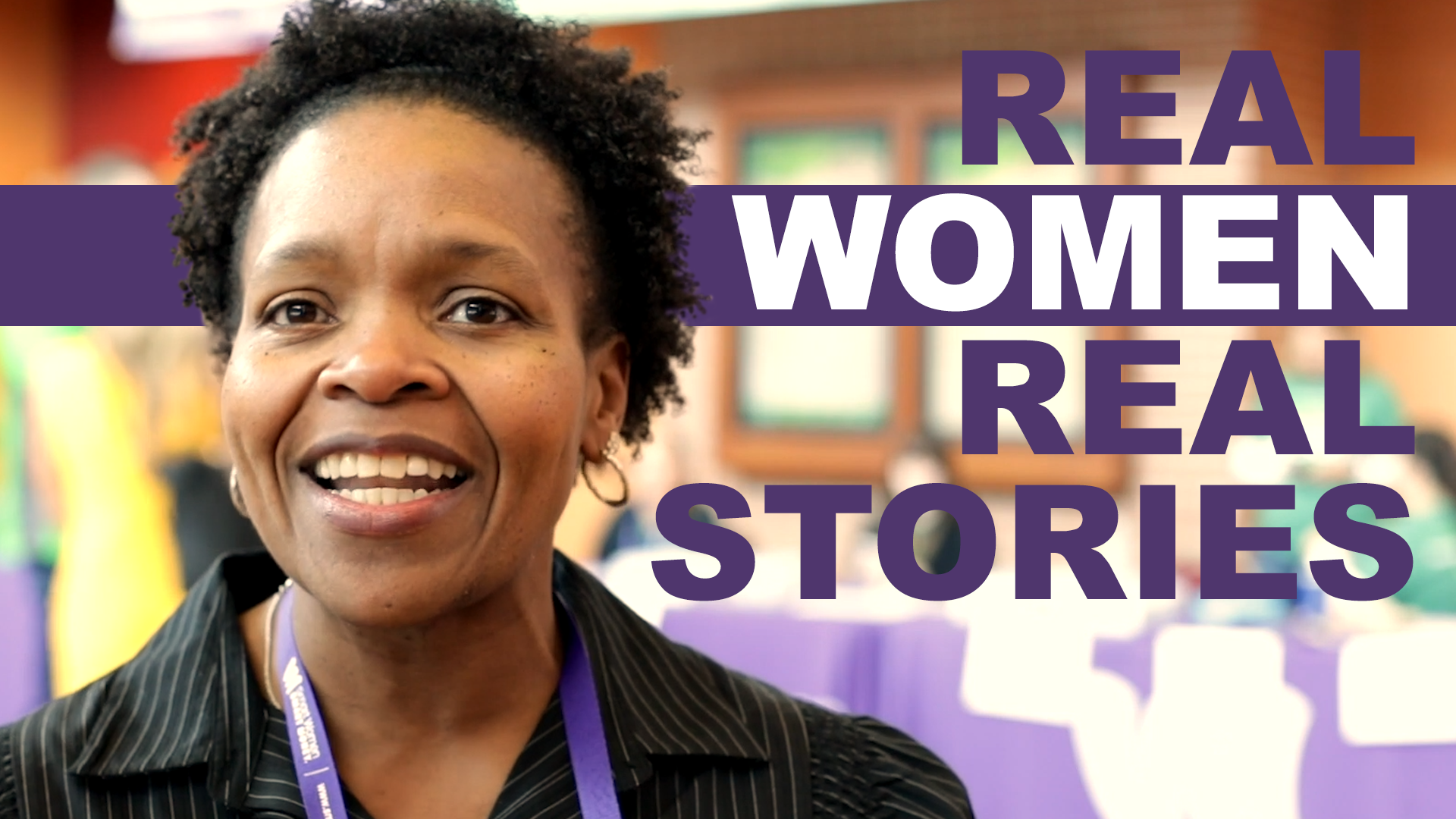
By Carrie Sheffield
Price inflation is hitting families hard, especially in their grocery carts. Arielle Kestenbaum, a registered dietician, is committed to helping families weather this and other storms through her new non-profit, Fare Meals.
Kestenbaum created Fare Meals in response to the COVID-19 pandemic, seeking to provide families with practical and educational resources for delicious, simple, healthy, and affordable meal solutions.
“Food prices are definitely going up, and I am hearing this from clients and seeing it for myself as well,” Kestenbaum told Smart Women, Smart Money. “My advice is to, whenever possible, put a little bit more time investment upfront and do your due diligence in terms of researching stores that may be having good deals on specific items. Asking cashiers for circulars is always a good idea. There are definitely deals to be found; we just may need to look a bit harder for them.”
What’s the most common mistake Kestenbaum sees families making in how they could save money on their food bills without sacrificing health/nutrition? Not buying popular household items in bulk— more specifically dry ingredients such as rice, beans, dried fruit, or other grains.
“Buying in bulk can save money monthly, but many families are afraid to do so because of storage purposes,” Kestenbaum said. “I think in terms of saving money, this is the best way to do so.”
Smart Women, Smart Money got Kestenbaum’s top 4 recommendations for foods that are both nutrient-dense and affordable:
1. Any frozen fruit/vegetable.
These are perfect for smoothies, soups and sauces, according to Kestenbaum.
“There are tons of nutrients in frozen produce, and they’re typically much more affordable than fresh produce,” she says.
2. Canned beans.
“Using canned beans is an affordable way to get an extra bit of good nutrients, such as protein and fiber, into mealtime,” Kestenbaum said. “You can add it to different dishes, or they can be eaten on their own. Make sure to rinse before consuming to take off any extra/unnecessary sodium!”
3. Canned salmon and tuna.
“I am a huge advocate for canned salmon and tuna,” Kestenbaum said. “They are great lean proteins that can be used in many different ways. I have a great salmon burger recipe up on FareMeals.com that uses canned salmon. It’s definitely a Fare Meals fan favorite. It can also be made using canned tuna if that is your family’s preference.”
4. Cheese sticks.
“I think cheese sticks are the most underrated snack,” says Kestenbaum. “They are fun for kids, delicious for adults, and can be eaten by the whole family. They are also relatively affordable, and are filled with tons of great protein to help keep us full in between meals.”
How would Kestenbaum draw the line in food shopping between “affordable” vs “cheap”?
“I prefer to use the term affordable, because I think it allows for more flexibility as food prices are typically all relative from store to store and from region to region,” she said. “I think this is a personal ‘line’ that people need to draw for themselves and their families.”

Bloomberg News reported in May that Black and Latino families are reporting they’re hit hardest by the food price hikes due to inflation.
“The food industry should be utilizing demographic information readily available to them to price food accordingly and properly serve all communities, making sure healthy food is accessible to everyone,” Kestenbaum said.
Born and raised in New York, Kestenbaum grew up on Long Island and now lives in Manhattan.
“I chose to work in nutrition, and particularly community nutrition because I’ve always had a passion for community and helping educate the greater community about healthy, affordable nutrition,” Kestenbaum said.
One of Kestenbaum’s favorite recipes is egg muffins “because they’re so easy and versatile.” You can find the recipe on the Fare Meals website here.
“It’s a very family friendly recipe that can be customized,” Kestenbaum said.
For women who don’t cook but want to learn but may feel intimidated, Kestenbaum has you covered, including a list of “must-haves” for affordable cooking utensils.
Kestenbaum’s “must haves” are “definitely a pot, pan, wooden spoon and spatula.”
“These items can be found in many stores, including 99 cent stores,” Kestenbaum said. “Again, it’s important to do a bit of due diligence in order to find the best deal for yourself.”
“I would say the first thing to do is just get comfortable in the kitchen,” Kestenbaum said. “It sounds really basic, but the first thing is to learn how to turn on your particular oven/stove depending on whether it’s electric or gas.”
Kestenbaum suggests starting with a recipe that doesn’t require any cooking, which can be made using simple ingredients alone, like tuna salad, for example.
“Once you feel more comfortable, you can try cooking a simple dish using the oven or stove,” Kestenbaum said. “Something like scrambled eggs or a simple chicken using just a few ingredients are good things to start with. I would say it’s all about getting comfortable first and then slowly getting out of your comfort zone.”

Carrie Sheffield is a guest writer for Smart Women Smart Money Magazine. Comments or questions can be emailed to staff@smartwomensmartmoney.com.










